

AI SuitUp is an innovative solution that revolutionizes the way professionals present themselves online. It offers a seamless experience by generating high-quality and personalized headshots, specifically tailored for professional purposes. With the rise of virtual networking platforms like LinkedIn, having a captivating profile picture has become essential in leaving a lasting first impression. AI SuitUp utilizes advanced artificial intelligence algorithms to ensure that your headshot not only captures your unique personality but also conveys professionalism and credibility. Whether you are looking to enhance your LinkedIn presence or improve your business profile, AI SuitUp provides a convenient, reliable, and efficient solution to effortlessly elevate your online image.
The AI Image Generator, developed by Brain Pod AI, revolutionizes the world of digital imagery with its cutting-edge technology. Utilizing the power of artificial intelligence, this innovative tool effortlessly creates a wide array of digital images based on text prompts. With its advanced capabilities, users can now generate visually stunning and unique visuals within seconds. The AI Image Generator is set to transform the way we create and interact with digital images, offering an efficient and accessible solution for artists, designers, and content creators alike. Experience the next level of image generation with Brain Pod AI's remarkable creation - the AI Image Generator.
The Retoucher's 'Remove Background from Image' tool is a versatile image editing software that offers multiple functions to its users. The tool empowers users to instantly and automatically remove the background from their images with just one click. Additionally, users can choose to replace the background with either white, transparent or custom backgrounds. Furthermore, the tool offers photo editing capabilities to fine-tune images, making it an all-in-one solution for users who seek an easy and efficient way to edit their images without compromising quality.
Flickr is a popular image hosting website that provides a platform for individuals and organizations to store and share their photos. It has become a go-to platform for photographers, artists, and hobbyists seeking to showcase their work online. Flickr allows users to upload and organize their photos in albums, create galleries, and add tags for easy searchability. In addition, the website offers social networking features that allow users to follow each other, comment on photos and engage in discussions. The website's user-friendly interface and vast collection of images make it a valuable resource for anyone looking for visual inspiration or information.
Synthesys is an innovative Chrome Extension that empowers users to create their unique versions of any image they come across online. Its primary focus is to aid businesses and entrepreneurs in achieving their goals by eliminating obstacles and providing a platform to launch their Software-as-a-Service (SAAS) business. With the potential to revolutionize the way businesses market their products, Synthesys X is a powerful tool that can propel entrepreneurs towards success.
Cre8tiveAI is a cutting-edge AI-based SaaS platform that aims at revolutionizing the way users perform photo, illustration, and video editing tasks. The platform leverages advanced artificial intelligence algorithms to offer a seamless, efficient, and fast editing experience, enabling users to complete complex tasks in under 10 seconds. Whether it's automatic painting, increasing resolution, clipping, layering, or color correction, Cre8tiveAI has got it all covered. With its intuitive interface and powerful features, Cre8tiveAI promises to take creative professionals to new heights of productivity and efficiency.

Magic Write By Canva
The AI Powered Writing Tool
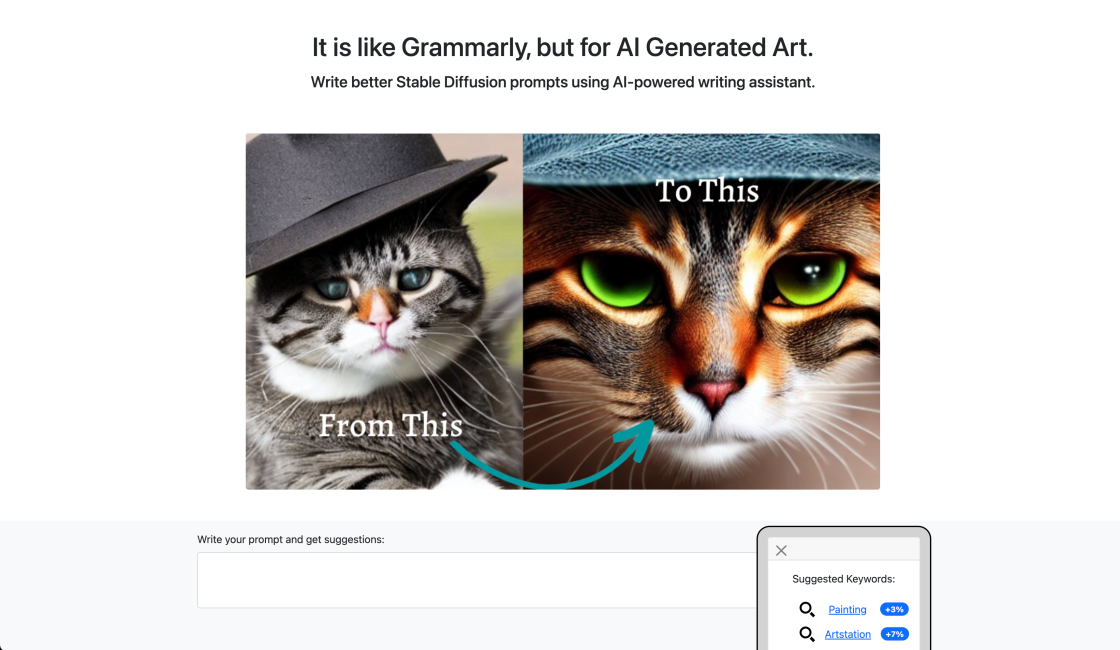
Write Stable Diffusion Prompts
How to Write an Awesome Stable Diffusion Prompt
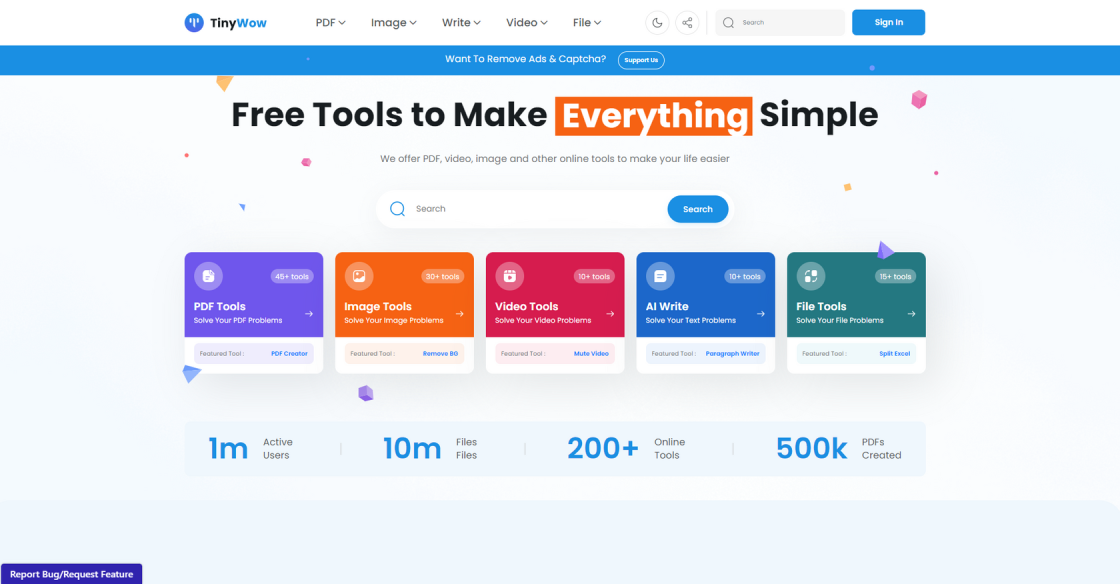
TinyWow
Free AI Writing, PDF, Image, and other Online Tools - TinyWow
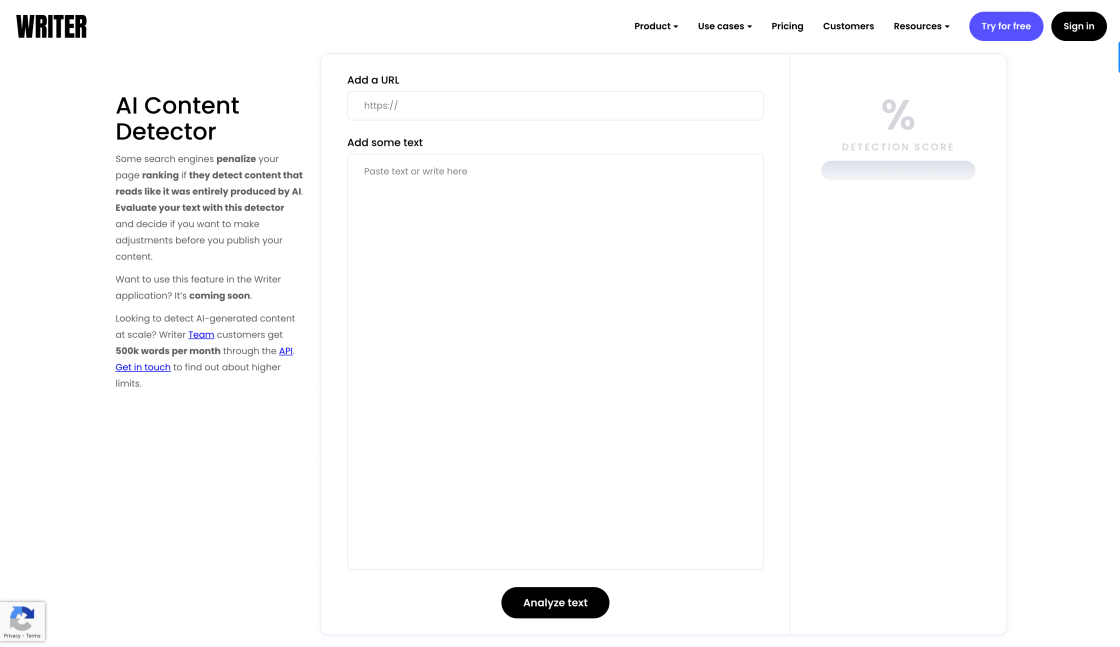
AI Content Detector
AI Content Detector | GPT-3 | ChatGPT - Writer
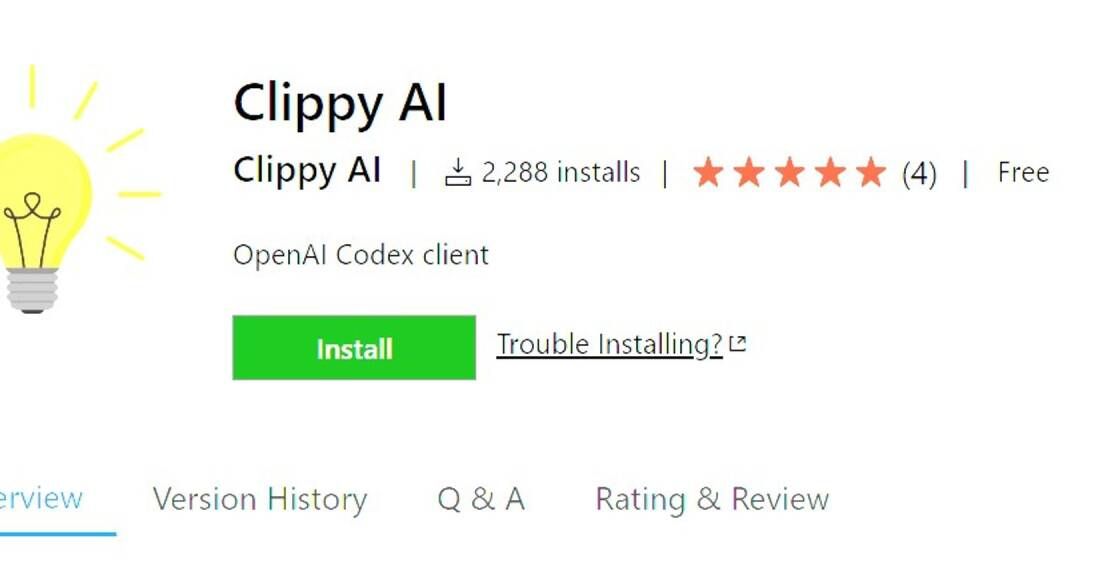
Clippy AI
AI-Powered Writing Assistant

Casetext
AI-Powered Legal Research
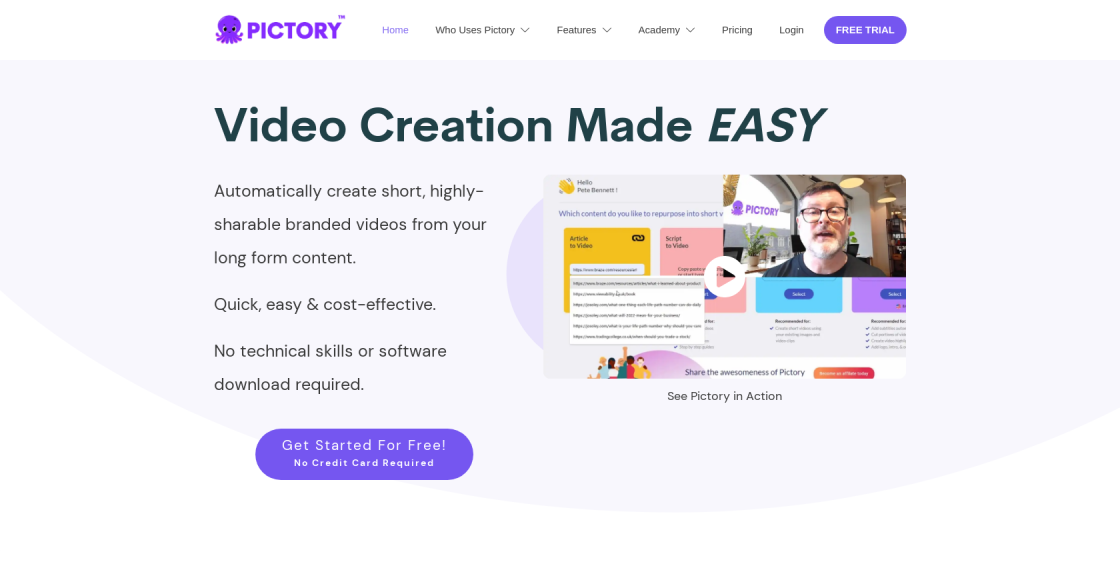
Pictory
AI-Generated Storytelling

Dreamstudio AI
Your Personal AI Artist
OpenAI's Point-E is a revolutionary AI tool that has been designed to synthesize 3D models from point clouds. This innovative technology uses a diffusion algorithm that transforms raw point clouds into detailed, realistic 3D models. With Point-E, users can create complex shapes and models with ease, even if they have no prior experience in 3D modeling. The tool is particularly useful for industries such as architecture, engineering, and construction, where detailed 3D models are crucial for planning and visualization purposes. Unlike traditional 3D modeling techniques that require tedious manual input, Point-E streamlines the process by automatically generating models from point clouds. This allows users to focus on the creative aspects of modeling, rather than the technical details. Furthermore, the tool is highly accurate and efficient, making it an invaluable asset for professionals in various fields. In this article, we will explore the features and benefits of Point-E and how it is transforming the world of 3D modeling.
Point·E is an AI tool developed by OpenAI for synthesizing 3D models from point clouds.
Point·E uses a diffusion algorithm to transform point clouds into detailed, realistic 3D models.
Point clouds are sets of data points in 3D space that represent the surface of an object or environment.
Point·E can create highly detailed, realistic 3D models from point clouds.
Point·E can be used by anyone who needs to create 3D models from point clouds, such as architects, engineers, and designers.
Point·E can save time and effort in creating 3D models, and can produce highly detailed and realistic results.
Point·E supports a variety of file formats, including .ply, .xyz, and .pts.
Yes, Point·E can be used to synthesize 3D models from point clouds of both indoor and outdoor environments.
No, Point·E is currently only available through OpenAI's commercial offerings.
Point·E may not be suitable for creating certain types of 3D models, such as those with complex geometries or textures.
| Competitor | Description | Key Features | Differences |
|---|---|---|---|
| Pix4D | Pix4D is a software company that specializes in photogrammetry and drone mapping. | Automatic point cloud classification, 3D reconstruction, orthomosaic generation, and DSM/DTM export. | Pix4D focuses on photogrammetry and drone mapping, whereas Point-E is specifically designed for synthesizing 3D models from point clouds using AI. |
| Bentley ContextCapture | Bentley ContextCapture is a reality modeling software that creates 3D models from simple photographs and/or point clouds. | Advanced automatic feature extraction, terrain modeling, and customizable workflows. | Bentley ContextCapture uses both photographs and point clouds to create 3D models, whereas Point-E is focused solely on synthesizing 3D models from point clouds. |
| Trimble RealWorks | Trimble RealWorks is a software suite designed for capturing and processing 3D spatial data. | Complete workflow for 3D scanning, registration, and point cloud editing. | Trimble RealWorks has a wider scope of functionalities, including 3D scanning and data processing, whereas Point-E is focused solely on synthesizing 3D models from point clouds. |
| Autodesk ReCap | Autodesk ReCap is a software platform for capturing and processing reality data. | Photogrammetry, laser scanning, and UAV data capture, 3D scanning, and creation of 3D models, point clouds, and mesh models. | Autodesk ReCap has a wider scope of functionalities, including photogrammetry and laser scanning, whereas Point-E is focused solely on synthesizing 3D models from point clouds. |
OpenAI's Point-E is an advanced AI tool that is revolutionizing the world of 3D modeling. It uses a unique diffusion algorithm to synthesize 3D models from point clouds, producing detailed and realistic models that are indistinguishable from real objects.
Point clouds are sets of data points that represent the surface of a physical object. These data points are captured using lasers or cameras and can be used to create a detailed map of the object's surface. However, working with point clouds can be challenging, as they lack the structure and organization needed to create 3D models.
This is where Point-E comes in. By applying its diffusion algorithm to point clouds, Point-E is able to transform them into highly detailed 3D models. The algorithm works by simulating the flow of particles through the point cloud, gradually building up the 3D model as it goes.
One of the key benefits of Point-E is its ability to create detailed and realistic models. The diffusion algorithm is able to capture the subtle details and textures of an object's surface, resulting in models that are highly accurate and lifelike.
Another advantage of Point-E is its efficiency. Traditional methods of creating 3D models from point clouds can be time-consuming and labor-intensive. Point-E, on the other hand, is able to create models quickly and with minimal human intervention.
Overall, Point-E is a powerful tool for anyone working in the field of 3D modeling. Its ability to synthesize detailed and realistic models from point clouds is a game-changer, and its efficiency makes it a valuable asset for any project. If you're looking to create high-quality 3D models, Point-E is definitely worth checking out.
TOP